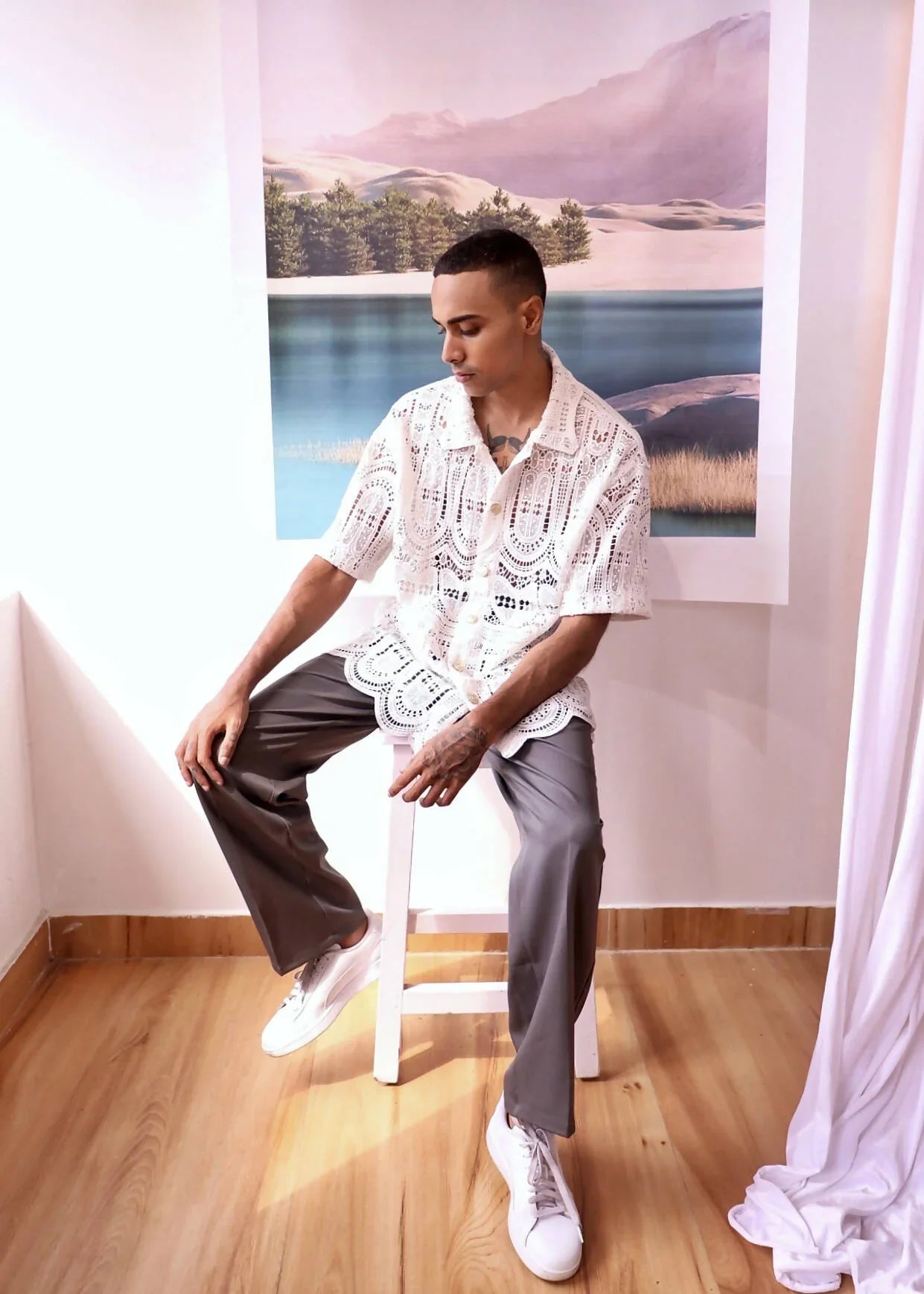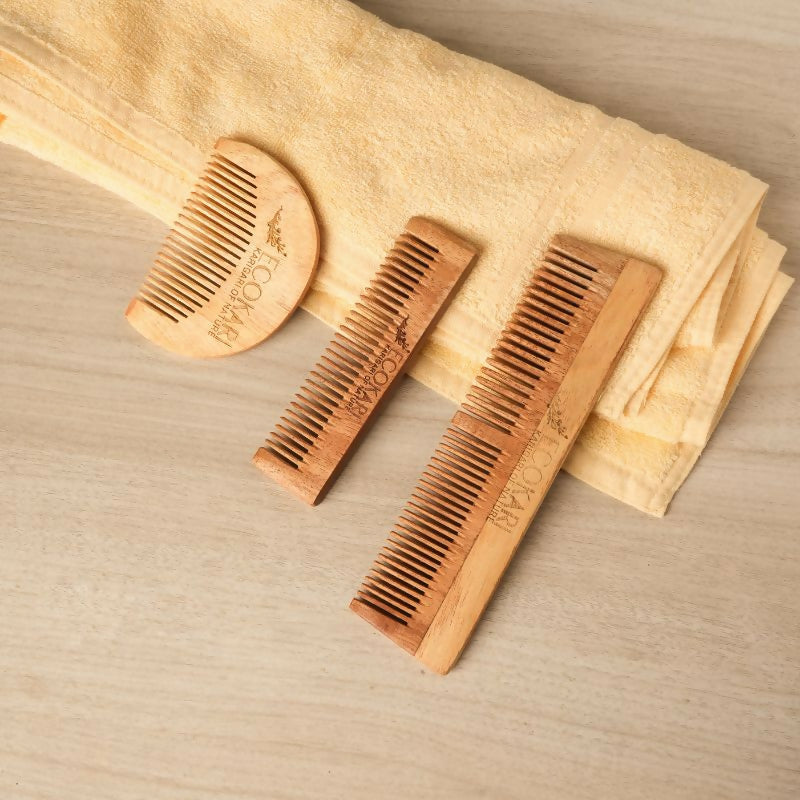Brewing Up Change: Creative Reuse of Tea Waste

Tea is universally cherished, making it one of the most popular beverages across the globe. Alongside its widespread consumption comes a massive amount of waste, primarily discarded tea pulp which are often overlooked as a resource. Despite being commonly disposed of, tea waste holds great potential for repurposing. The biodegradable nature of tea either its pulp or leaves makes them an ideal candidate for various innovative upcycling projects. In this overview, we explore several creative endeavours where tea waste has been transformed into valuable, sustainable products.
TEAFAB
Tea Waste Bio-Material
Mengyan Guo, a designer with a Master's in Innovation Design Engineering, has created "TeaFab," a unique and sustainable fashion project that transforms discarded tea leaves into bio-leather using gelatin. This experimental design includes a top and skirt, both characterised by their sculptural qualities that preserve the natural veins and shapes of the tea leaves, giving the material a one-of-a-kind, organic aesthetic. Guo's project is a brilliant example of innovative sustainable design, using natural elements to reinvent fashion materials. The primary goal of TeaFab is to mention the importance of resource valuation, the repeated reuse of discarded materials, and a shift towards more sustainable consumption and production patterns. This biodegradable fashion design challenges traditional material uses and proposes a new way of thinking about environmental impact in the fashion industry. This project shows the potential for alternative materials by experimenting with tea leaves, and also inspires a dialogue about the broader implications of waste and sustainability in design.

(Image credit: TeaFab by Mengyan Guo)
WASTEA
Tea Waste Leather
A Turkish firm has innovatively turned tea waste into an award-winning eco-friendly vegan leather named "Wastea." This sustainable material, crafted from discarded tea leaves, stems, and buds, serves as an ethical alternative to animal leather. The name "Wastea" cleverly reflects its origin, and its composition being entirely made from tea waste, a byproduct of Turkey's robust tea industry, which ranks as the fifth-largest in the world. Wastea is being used to create a variety of products, including handbags, shoes, and furniture coverings. This transformation process involves advanced techniques that repurpose tea waste into durable, environmentally friendly vegan leather. This initiative provides a cruelty-free option for consumers, the fashion industry, and addresses the issue of waste management in the tea production industry. Termed a revolutionary product, Wastea offers a sustainable and eco-friendly alternative to traditional leather, promoting the production of vegan, organic materials while being animal-friendly.

CHAZENCE
Tea Waste Essentials
Calvin Sio is the pioneering founder of Chazence, a Hong Kong-based company dedicated to crafting products from upcycled tea waste. The increasing global concern over plastic waste and its environmental impact, Sio sought an alternative that would also address the growing tea-drinking culture and the resulting tea waste. Chazence was born from this vision, aiming to reduce tea waste through a unique, vegan-friendly material. The company uses patented tea upcycling technology to create furniture and everyday, useful decor items, offering a bio-based material that serves as a sustainable alternative to plastic. This initiative supports the environment by reducing the disposal of plastic waste and also taps into the cultural significance of tea, transforming its byproducts into valuable, eco-friendly products. Chazence is continually engaged in research to expand the application of this technology across various industries, aiming to provide a complete vegan-based alternative to toxic materials. Through this work, Calvin Sio and his company are keen on developing practical, sustainable solutions that cater to both environmental needs and modern consumer lifestyles.

(Image credit: Chazence by Calvin Sio)
DUST LONDON
Tea Waste Homeware
Dust London is a sustainable design studio that adopts the efficient use of resources and waste reduction. Observing the vast consumption of teabags by British tea drinkers, the studio has innovated a unique approach to upcycling: repurposing tea waste into stylish homeware. Their product line includes items like vases and coasters with earthy tones and a minimalist design that showcases the natural pigments and textures of used tea waste. Dust London sources used tea bags from local cafes, actively reducing waste at the community level. The studio extends the life of organic materials by repurposing these tea bags that would otherwise be discarded, turning them into high-quality, creative products. Dust London’s work with tea waste represents a new and experimental concept in sustainable design, promising for future applications in eco-friendly homeware. This upcycling method reflects a broader movement towards sustainability in design, where waste materials are seen not as the end of usability but as the beginning of a new creative journey.

(Image credit: Dust London Tea Waste Collection)
BLUECAT PAPER
Tea Waste Paper
Bluecat Paper, founded by Kavya Madappa and based in Bangalore, India, is an eco-friendly label that produces paper through environmentally conscious methods and do not involve cutting down trees. By using various organic waste materials such as ragi waste, cotton rags, coffee husk, and notably, tea waste, Bluecat Paper stands out in the sustainable paper production industry. The brand crafts both cooked and uncooked tea waste paper, turning what would typically be a discarded byproduct into high-quality paper products. This initiative is particularly significant considering the common practice of burning or landfilling tea waste. By choosing to upcycle tea waste into paper, Bluecat Paper offers an alternative that brings value to wasted resources. Furthermore, while some tea wastes are converted into compost, Bluecat Paper works on the innovative potential of upcycling and creative waste management solutions. They are working towards a vision with the goal of reducing waste and conserving natural resources, making a notable earth-friendly impact.

(Image credit: Bluecat Paper by Kavya Madappa)
The biodegradable qualities of tea waste offer numerous possibilities for upcycling them into practical and everyday products. Instead of allowing this organic material to accumulate in landfills, various initiatives have demonstrated how tea waste can be transformed into items that are both useful and environmentally friendly. From eco-friendly papers and textiles to bio-material and home decor, tea waste is proving to be a versatile and valuable resource in the push towards sustainable living and reduced environmental impact.






Leave a comment